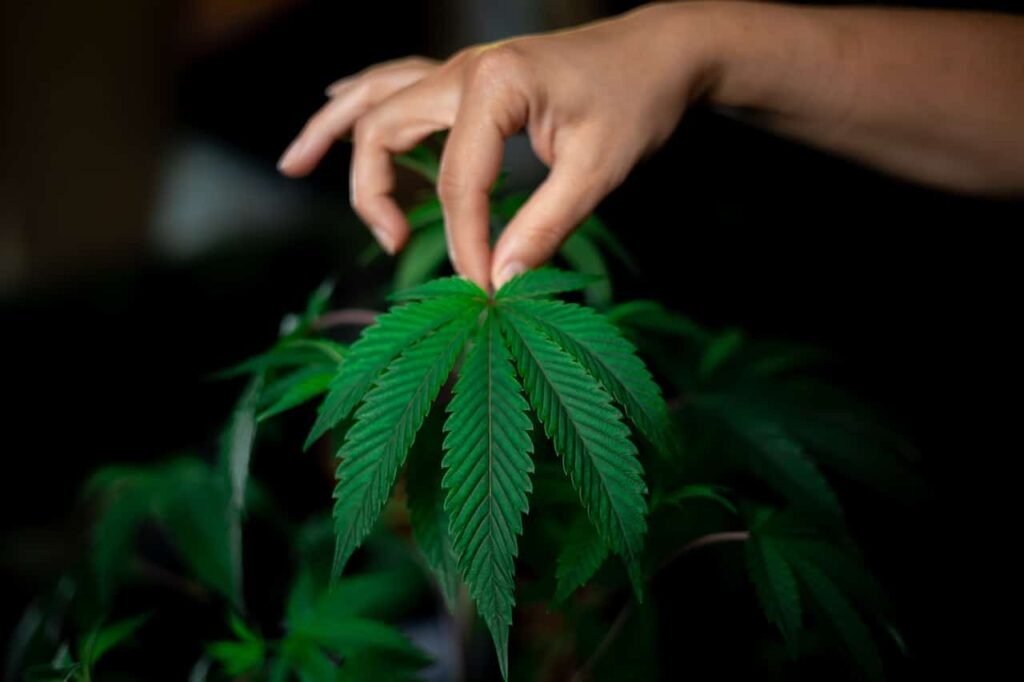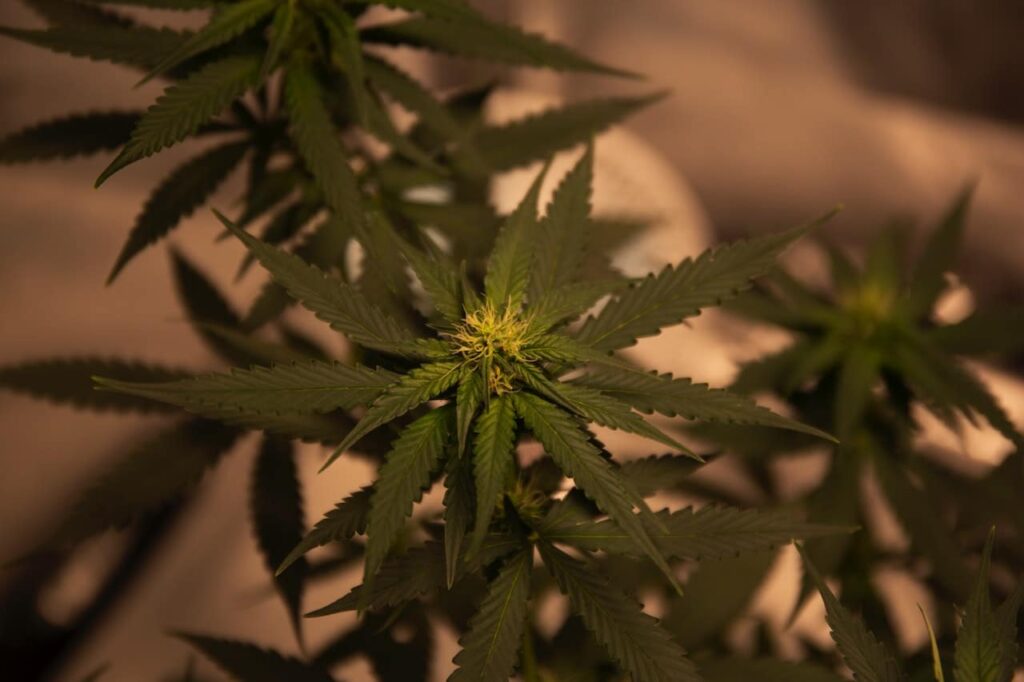
Blog
Top 5 Hemp Uses | Mary Jane’s CBD Dispensary: Asheville, NC / What is Hemp?, Hemp for Paper, Hemp for Biofuel, Hemp for Clothing, Hemp for Textiles, Hemp for Concrete
Hemp is found in the non-psychoactive category of the cannabis Sativa plant. It can be present in the markets of food, textiles, construction, personal care, and nutraceuticals. This underrated cannabis variety has high potentials to impact and revolutionize different industries around the world.

Hemp was initially used for making fiber about 10,000 years ago. Currently, hemp is being used to produce many industrial and medicinal products. Hemp is also advantageous for the growth of the economy and environment.
Paper
The use of hemp to produce paper is widespread. Hemp can be used in products such as textbooks, newspapers, and different literature items around the world.

Hemp is more advantageous than trees because it doesn’t cause harm to the environment. Traditional paper-making causes deforestation which contributes to climate change.
Reports from many sources state that hemp can be recycled up to 8 times in contrast to trees which can only be recycled around three times. Also, hemp only takes around 100 days to fully mature while trees can usually take ten years or more. This means a small hectare of land can produce more hemp than trees.
Nonetheless, paper products will probably be more influential in our daily activities since more hemp-based paper products are becoming the norm.
Biofuel
Hemp-based biofuels can save the world from the pollution caused by fossil fuels. There is a need for more studies on the field of hemp biofuel for us to better understand how it works.
What we currently know is that hemp biofuel is beneficial. For instance, hemp can be grown in unfavorable conditions than corn or wheat, other alternative biofuels.

Moreover, car manufacturers are already using some hemp-based products to produce plastic parts used in the production of cars. Notwithstanding, hemp will play an essential role in the future of personal transportation.
Clothing
Our ancestors used hemp to make textiles decades ago, and this can be seen in the samples of hemp fabric in China which date back to 8,000 BC.

Nowadays, hemp is high fashion clothing like silk, lingerie, as well as being mixed into numerous applications that take advantage of its durability. Hemp is used in the production of durable shoes, jeans, and other sturdy sports clothing.
Textiles
Clothes made of industrial hemp date back to decades ago, but textiles using hemp is a new concept. Hemp-based textiles are more economical than other common textiles such as cotton.

Hemp production doesn’t need the extra burden of pesticides, but cotton production highly requires pesticides. Hemp is also naturally resistant to pest and its dense foliage, and deep roots prevent the growth of weeds and help maintain soil quality.
Hemp was also used to produce World War Two military uniforms, rope, and military-grade bags. This movement led to the rise of the hemp textile industry. These products were said to be more comfortable and durable than other clothing materials.
Concrete
Another exciting innovation from the hemp industry is the production of concrete alternatives, known as Hempcrete.
Hempcrete has a lot of potentials, and it’s tipped to become the concrete of the future.

Furthermore, the production process of hempcrete emits zero carbon emission. However, the components of hempcrete make it unsuitable for the construction of load-bearing walls.











